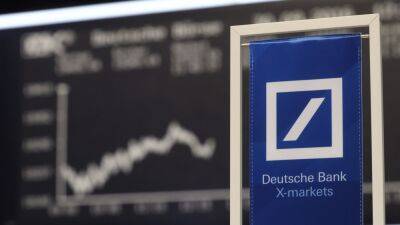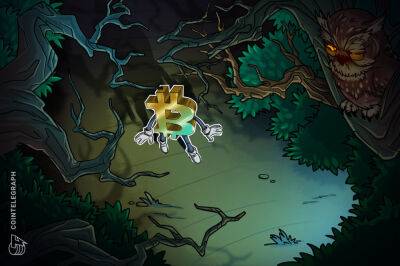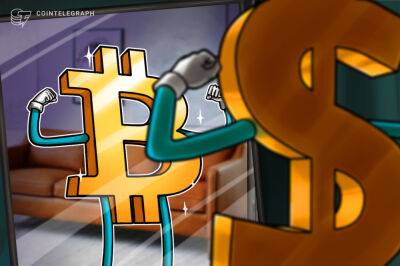Will the dollar’s recent rises end in whiplash?
The US dollar has been on a tear this summer. The Japanese yen and the euro have fallen to their lowest levels against the greenback in two decades; the euro, long worth more than one dollar, is now hovering close to parity. The US Federal Reserve’s broad trade-weighted dollar index has almost reattained the peak it reached in March 2020 amid the panic triggered by the start of the Covid-19 pandemic. In fact, if one adjusts for inflation in the US and its trading partners, it is already higher.
This is happening despite the US recording its highest annual inflation rate in four decades and its worst trade balance since the global financial crisis. What is going on, and is the dollar set to plummet?
While acknowledging that exchange rates are extremely difficult to explain, much less predict, four important factors seem to be influencing the movements of the world’s big currencies. Most importantly, the Fed has begun increasing interest rates, and with the US economy seemingly nowhere near a true recession, there is still room for it to tighten policy further.
Despite equally high inflation in Europe, the European Central Bank is being more cautious. This is partly because the economic outlook for the eurozone is more fragile. The ECB is worried about Italy’s high debt levels, but also believes that current rates of energy-price inflation will not continue. Japan, like China, has so far not experienced significant inflation. The Bank of Japan is unlikely to tighten policy any time soon, and the People’s Bank of China cut rates in August.
Geopolitics is also a factor behind the dollar’s strength. The war in Ukraine presents a much more immediate risk to Europe than to the US, while China’s ominous sabre-rattling toward Taiwan
Read more on theguardian.com



![Where will Synthetix [SNX] end up after the latest SIP-276 proposal](https://finance-news.co/storage/thumbs_400/img/2022/9/5/39674_xps.jpg)












![Cardano [ADA] holders, read these recent updates on Vasil upgrade](https://finance-news.co/storage/thumbs_400/img/2022/9/1/39273_n7ce0.jpg)





